Rush Skeletonweed
Information
Chondrilla juncea - Asteraceae Family
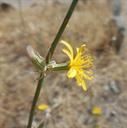
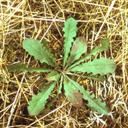
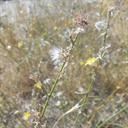
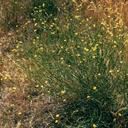
Identification
- Flowers: Flowers are small and yellow and develop in the mid-summer to fall. Mature, healthy plants can produce 1,500 flower heads and up to 20,000 seeds.
- Seeds: Fruit is oblong, tapered at both ends, and pale to dark brown. Seed production continues from July into November.
- Leaves: Coarse-looking, multiple stems appear leafless due to inconspicuous leaves and arise from a basal rosette of sharply lobed leaves. Both stem and leaves produce a milky sap when broken.
- Flowering Time: Flowers bloom from July to September.
- Life cycle: Rush Skeletonweed is a rosette in the early spring that resembles a dandelion. The plant will bolt in a few days, growing 1 to 4 feet in height. It germinates in the fall and winters as a rosette.
Impacts
- Rush Skeletonweed commonly infests agricultural fields. Once there, it can reduce yield by up to 80%.
- It can clog and damage harvesting machinery, delaying harvests and costing farming operations profits.
- Rush Skeletonweed has been known to pose a choking hazard to livestock in its adult stage.
Control
Most effective control methods
- Due to its prolific seed production, extensive root system, and regenerative capabilities, Rush Skeletonweed is nearly impossible to eradicate once it’s well established.
- For very small infestations, hand pulling can control Rush Skeletonweed with consistent efforts over 6 to 10 years. Remove every single root, as root segments as small as 1 inch are able to produce a new plant.
- Rush Skeletonweed can be effectively controlled only through a combination of chemical and biological control methods. Several biological control agents are currently available and, when combined with herbicides such as 2,4-D can provide effective long-term control of Rush Skeletonweed.
Large Images
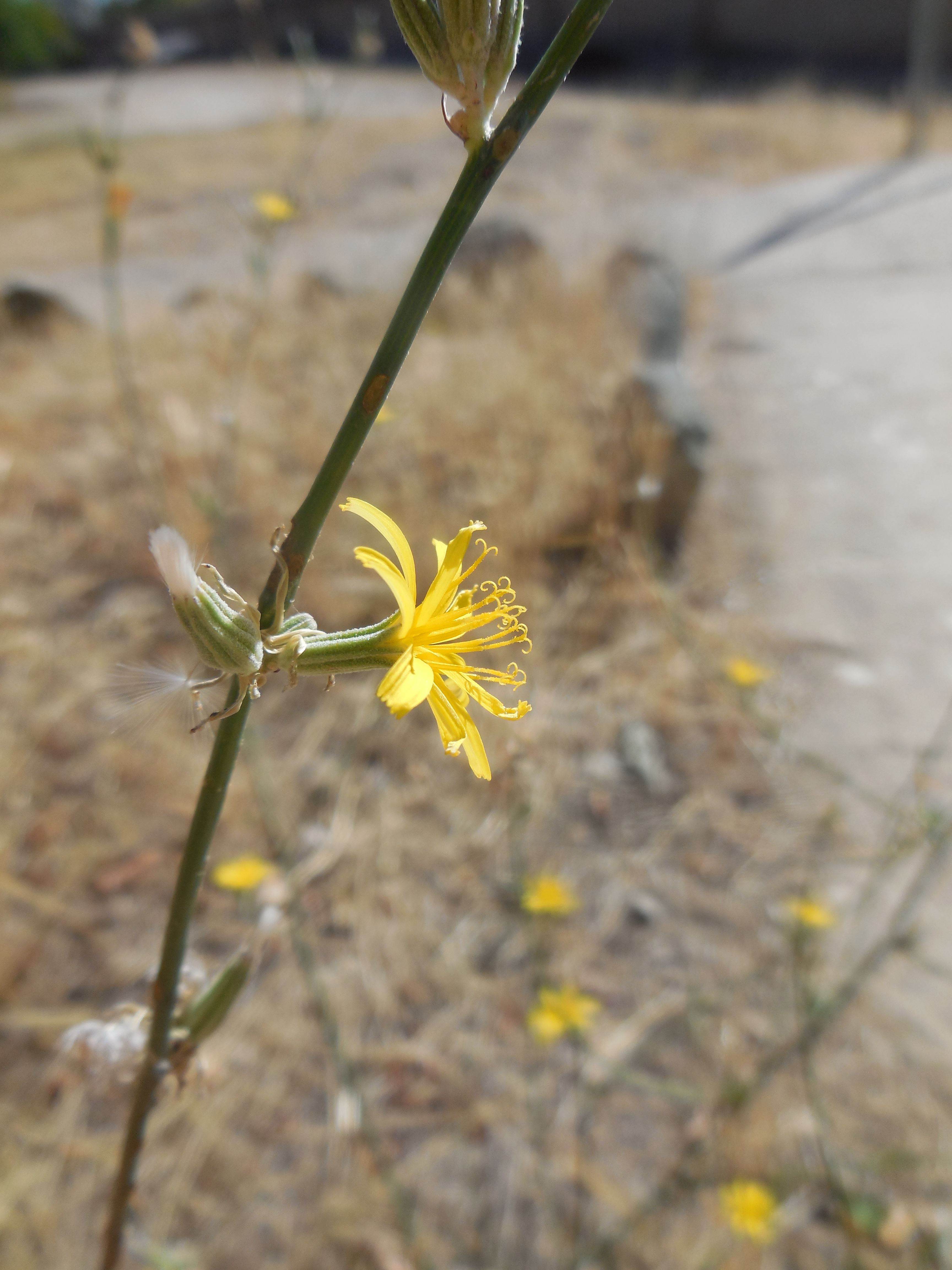
Rush skeletonweed: flower
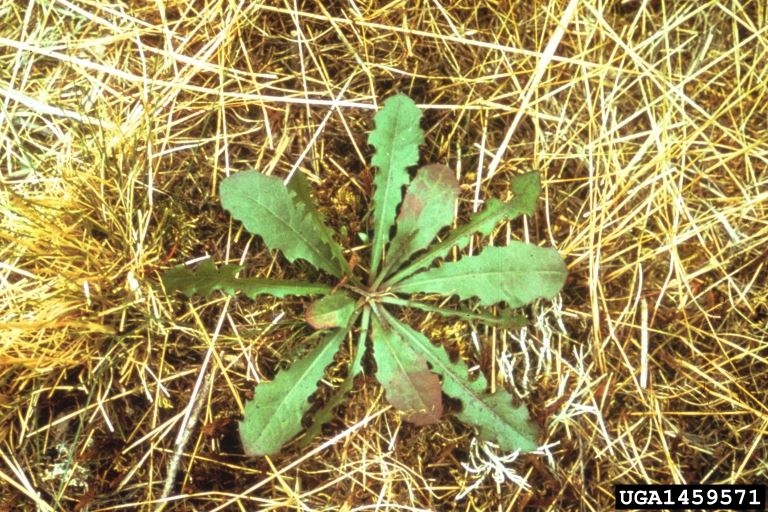
Rush skeletonweed: rosette
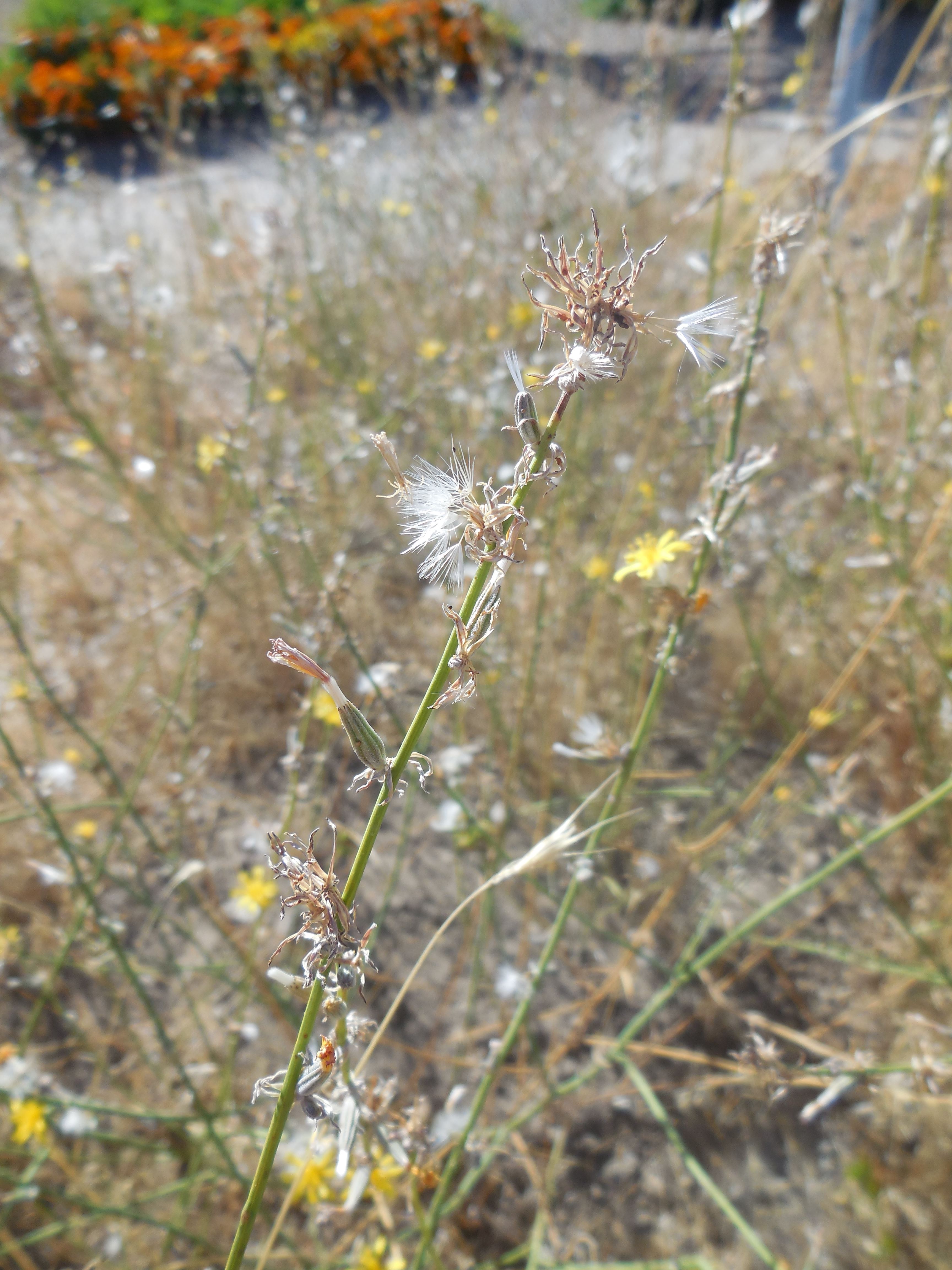
Rush skeletonweed: seeds
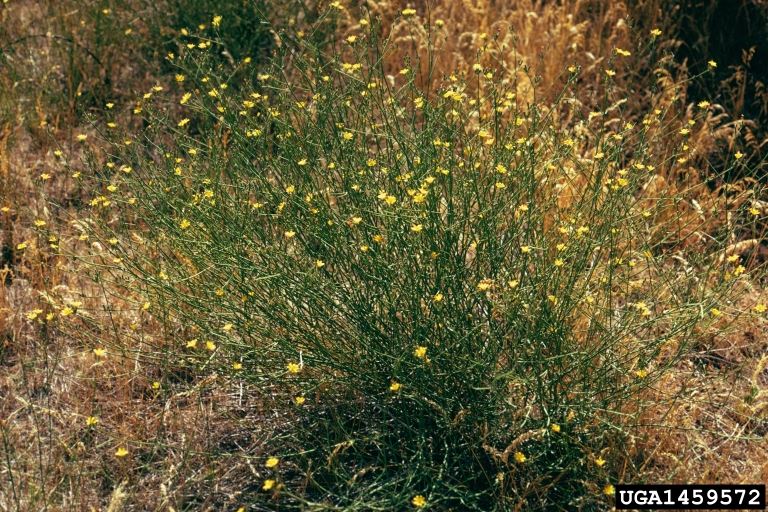
Rush skeletonweed
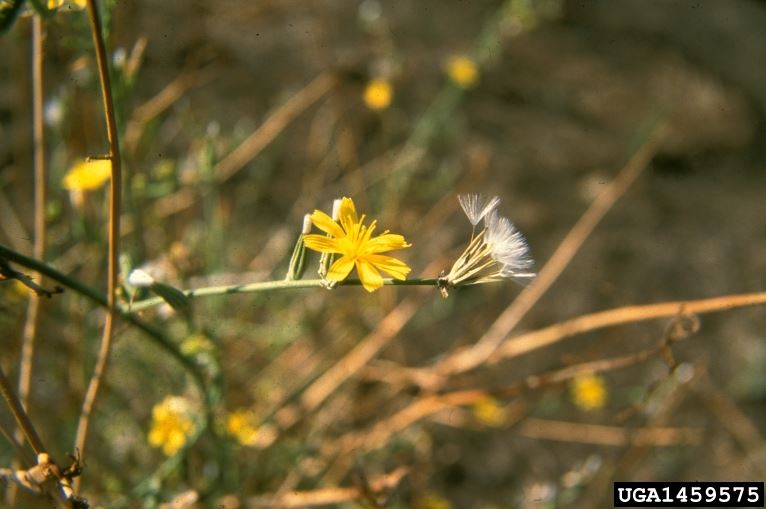
Rush skeletonweed: flower and seed
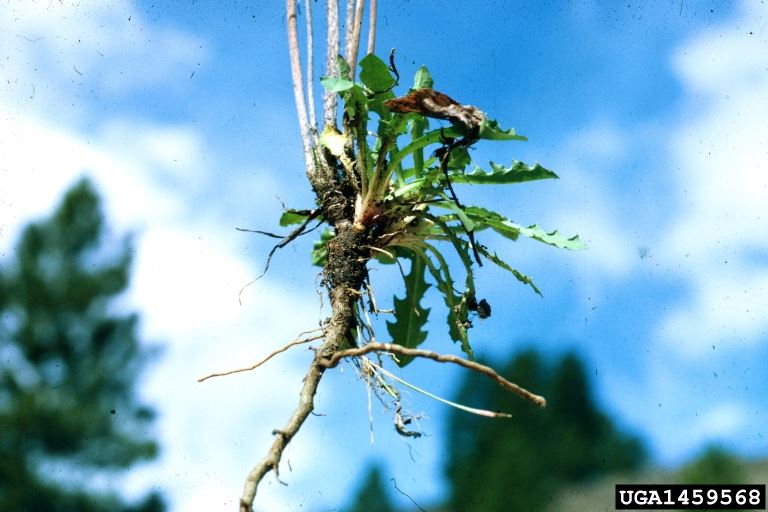
Rush skeletonweed: root
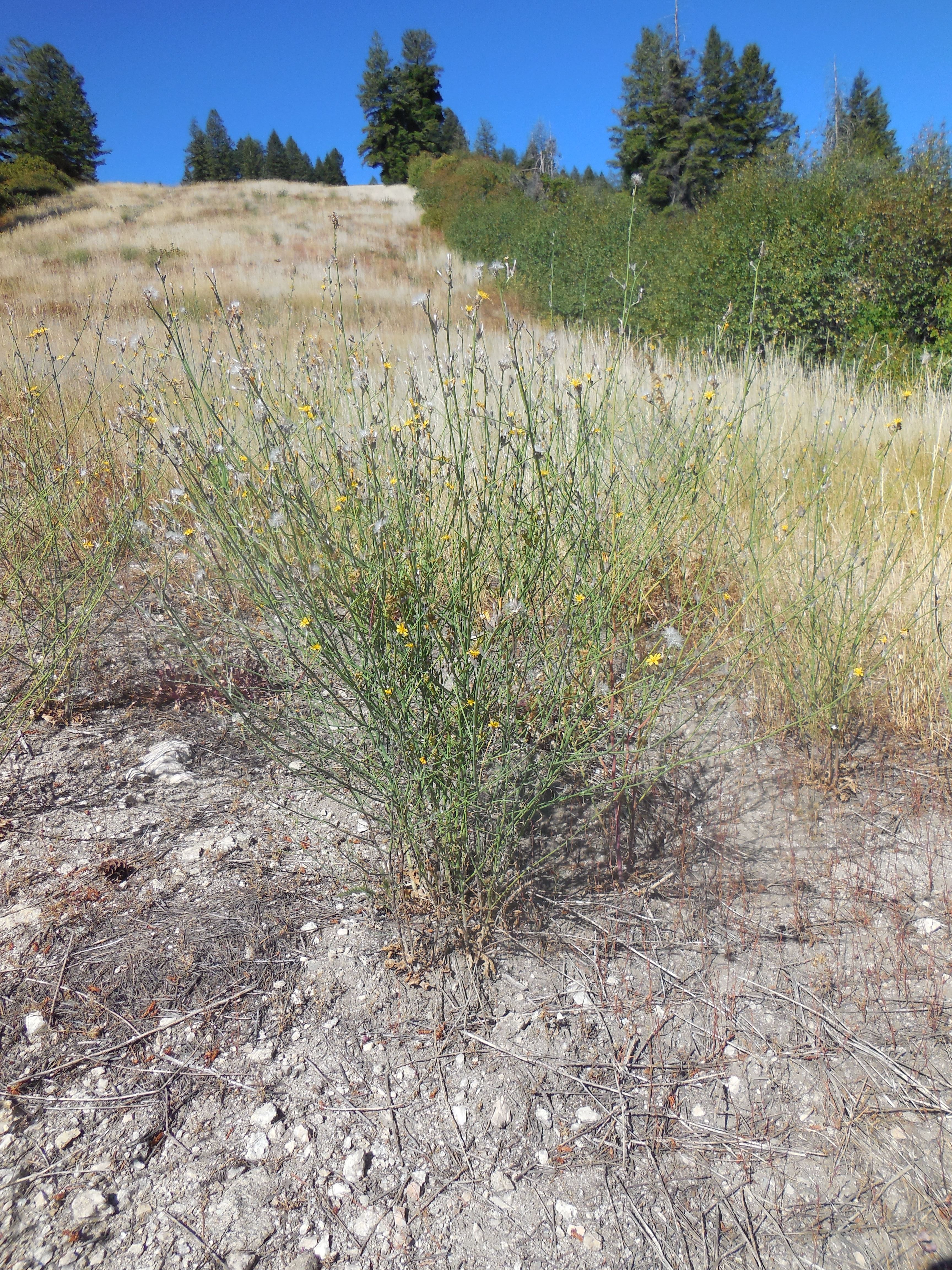
Rush skeletonweed: infestation
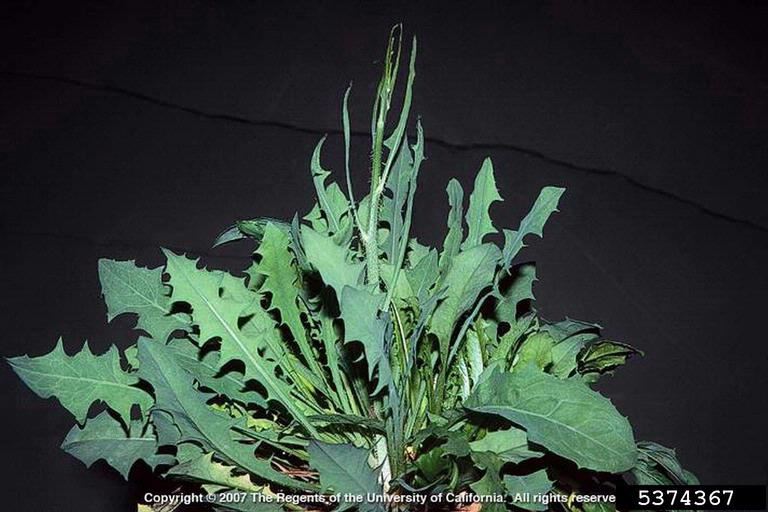
Rush skeletonweed: foliage
Resources
-
References
DiTomaso, J.M., G.B. Kyser et al. (2013). Weed Control in Natural Areas in the Western United States [PDF file]. Weed Research and Information Center, University of California. Retrieved from https://wric.ucdavis.edu/information/natural-areas/wr_C/Chondrilla.pdf View PDF
Duncan, C. (2017, June 05). Rush skeletonweed management: challenges and solutions. Retrieved from https://www.techlinenews.com/articles/2014/rush-skeletonweed-management-challenges-and-solutions
Invasive Species Compendium. (2018, July 15). Chondrilla juncea (rush skeletonweed). Retrieved from https://www.cabi.org/isc/datasheet/110385
USDA Natural Resources Conservation Service. (2009, August 12). Rush skeletonweed [PDF file]. Retrieved from https://plants.usda.gov/plantguide/pdf/pg_chju.pdf View PDF
USFS Rocky Mountain Research Station. Rush skeletonweed (Chondrilla juncea L.) in the northern Great Basin [PDF file]. Retrieved from https://www.fs.fed.us/rm/boise/research/shrub/projects/documents/shaw_rust_tech_transfer110107.pdf View PDF
Washington State University. (2012). Rush skeletonweed [PDF file]. Retrieved from http://cru.cahe.wsu.edu/CEPublications/PNW465/PNW465.pdf View PDF




